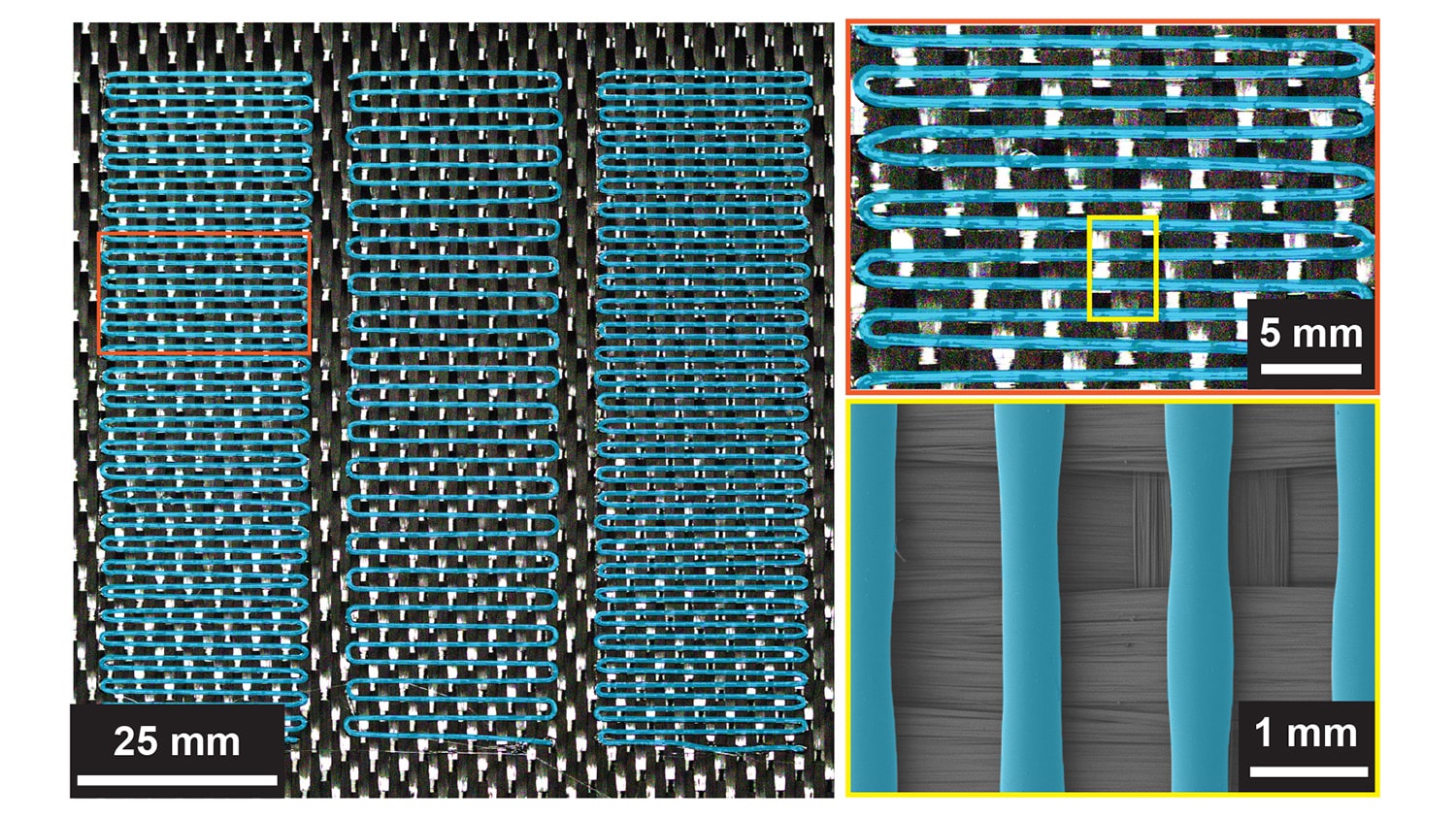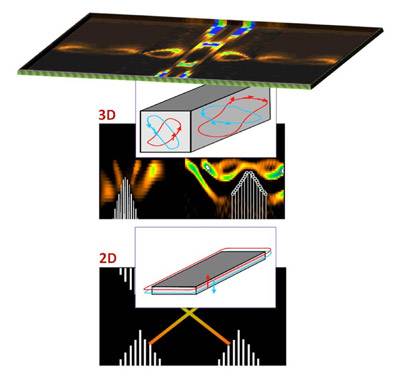
Sound waves that propagate only in one direction break the light transmission reciprocity. Scientists at the Max Planck Institute for the Science of Light have managed for the first time to create a unidirectional device that significantly increases the quality of a special class of transmitted signals in optical communications: optical vortices. By transmitting selective optical vortex modes exclusively unidirectionally, the developed device largely reduces detrimental backscattering to a minimum...
Read More








Recent Comments